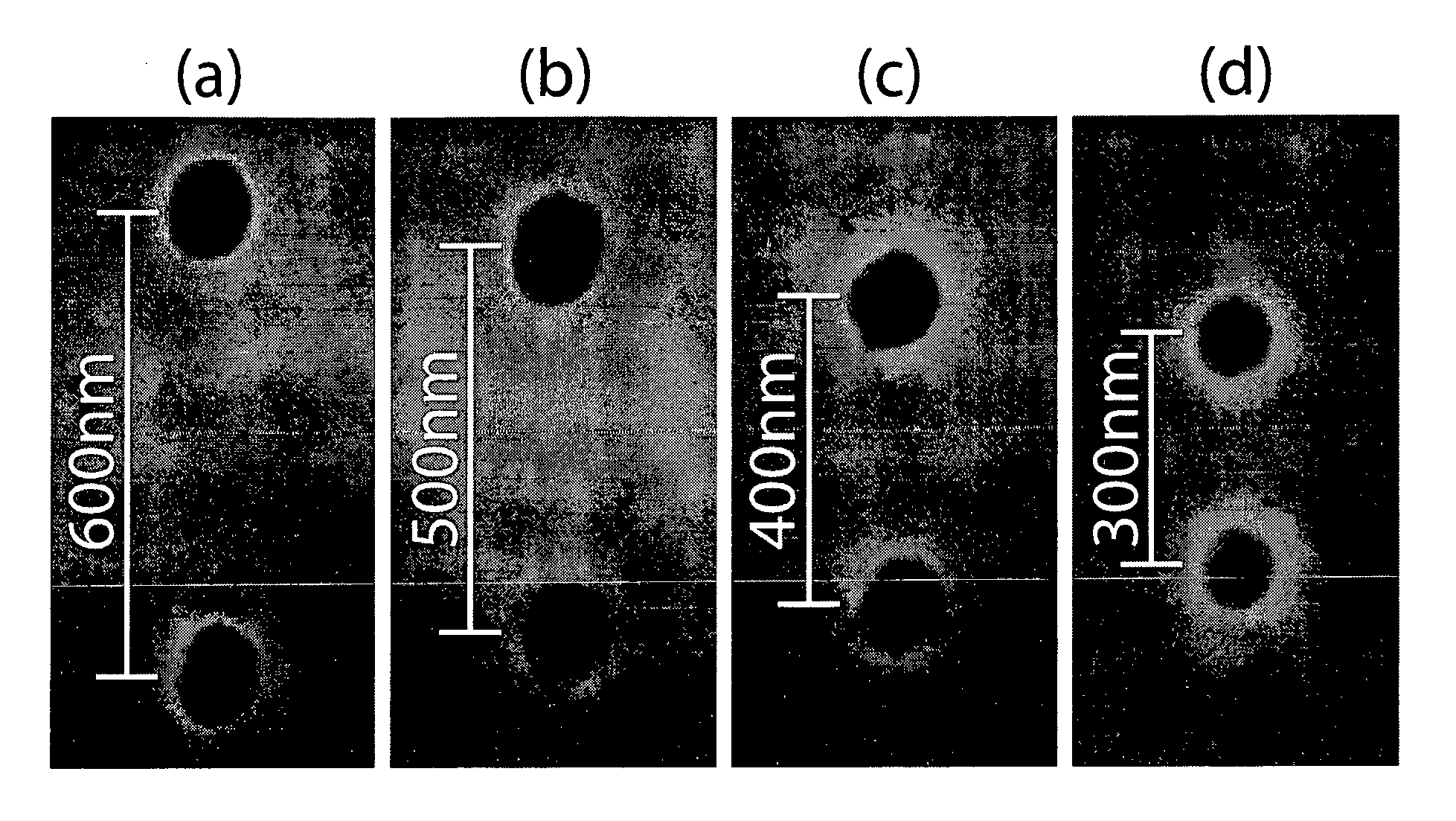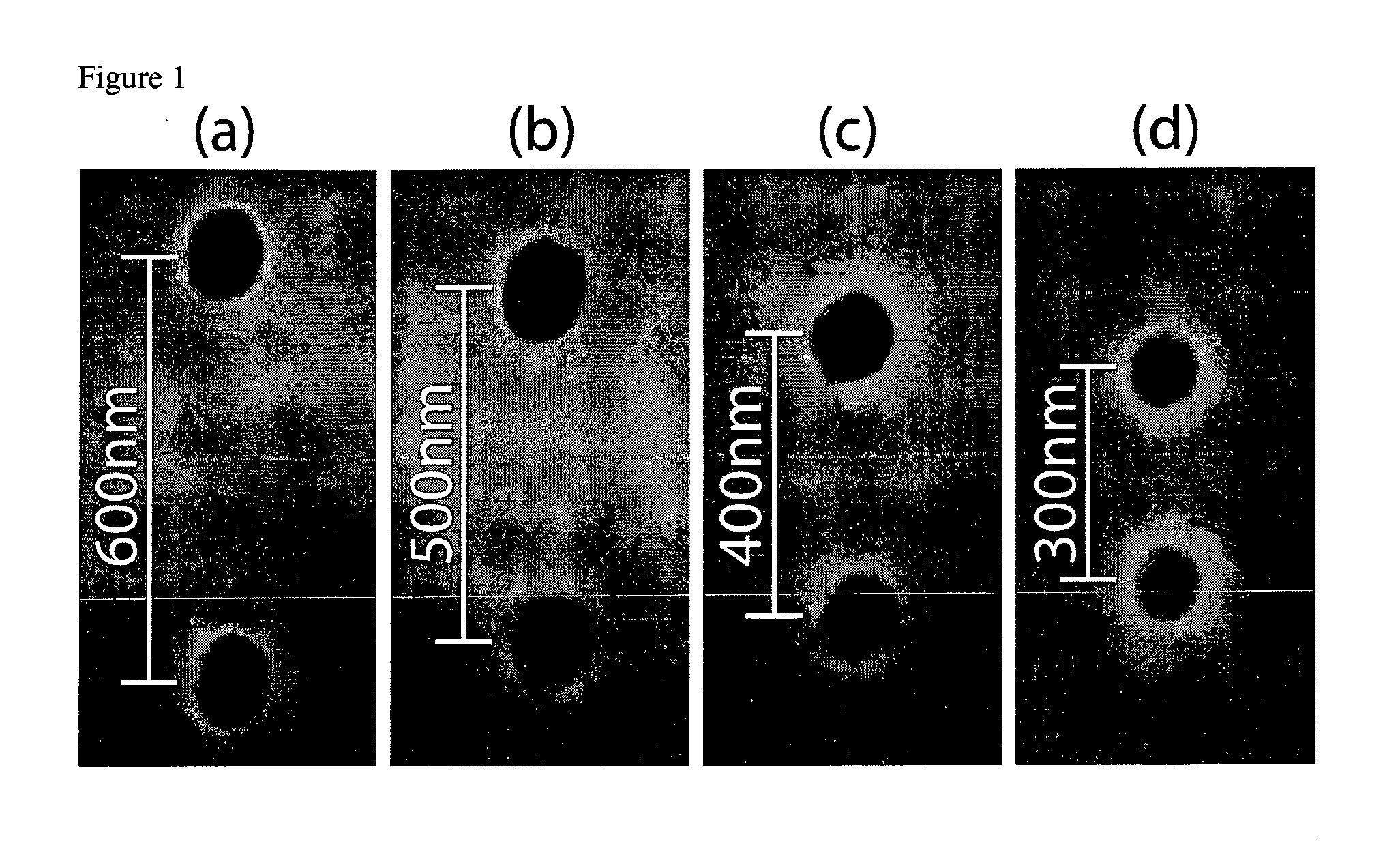Complex index refraction tomography with sub lambda/6-resolution
a technology of complex index and refraction tomography, applied in the field of complex index refraction tomography with sub lambda/6resolution, can solve the problems of reducing the effective spectrum of the wavefield, and meeting known limitations
- Summary
- Abstract
- Description
- Claims
- Application Information
AI Technical Summary
Benefits of technology
Problems solved by technology
Method used
Image
Examples
Embodiment Construction
[0045]For the first time to our knowledge, it is demonstrated in the present invention that a method based on the information content available from the phase as well as from the amplitude of the complex field scattered by the observed specimen, can deliver super-resolution microscopic images of a specimen, i.e. images with a resolution beyond the Rayleigh limit of the microscope. These assertion is demonstrated by developing the theory and giving the experimental evidence that such a resolution improvement can be achieved on an optical microscope specially adapted or modified to measure the complex wavefield of the wave radiated by the specimen, and where the wavefront is reconstructed according to the any methods developed to achieve quantitative phase microscopy: defocused imaging, modified DIC, Shack-Hartmann wavefront analyzer or any analyzer derived from a similar principle, such as multi-level lateral shearing interferometers or common-path interferometers, or devices that co...
PUM
 Login to View More
Login to View More Abstract
Description
Claims
Application Information
 Login to View More
Login to View More - R&D
- Intellectual Property
- Life Sciences
- Materials
- Tech Scout
- Unparalleled Data Quality
- Higher Quality Content
- 60% Fewer Hallucinations
Browse by: Latest US Patents, China's latest patents, Technical Efficacy Thesaurus, Application Domain, Technology Topic, Popular Technical Reports.
© 2025 PatSnap. All rights reserved.Legal|Privacy policy|Modern Slavery Act Transparency Statement|Sitemap|About US| Contact US: help@patsnap.com



